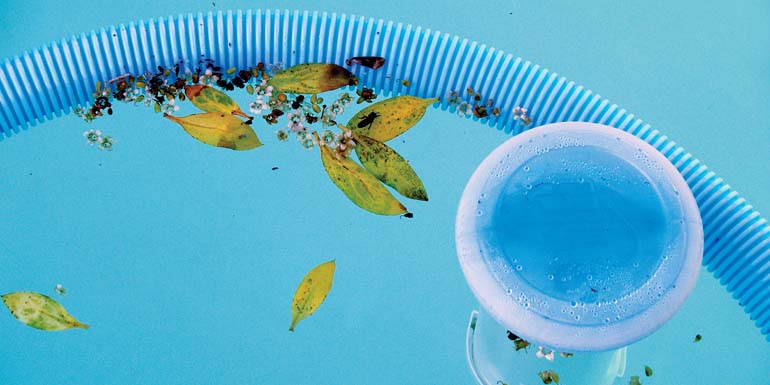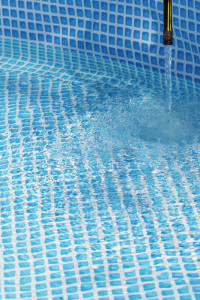
By Joe Sweazy
No unwelcome guest can ruin a swimming pool experience like algae. Often stubborn and recurrent, that uninvited guest (algae) needs two things in order to grow and reproduce in a swimming pool—water and nutrients. As this article discusses swimming pools, water is a given. However, one of the key nutrients scientists are studying is how to more effectively control phosphate.
Phosphate is a naturally occurring mineral in nature. Phosphates and other nutrients are required by all living organisms, including algae, to develop and reproduce. Due to the abundance of phosphorus-containing sources, a swimming pool can become an algae factory in no time. Phosphate levels build up quickly, especially in pools that are poorly maintained with insufficient sanitizer levels and unfavourable water balance parameters. However, properly maintained pools do not usually experience difficulties in controlling algae, even with the presence of moderate to high phosphate levels. Yet, even these pools will have periods when the water becomes unbalanced and unfortunately, this is when high phosphate levels can become problematic.
How do phosphates enter the water?
Understanding how phosphates get into the pool water is the first step in taking control. In fact, the list of things that do not contribute phosphates to the pool is probably shorter, but what fun would that be?

One of the most common sources of phosphate contamination is fertilizer. In order for grass to grow lush and green, fertilizers, which contain high phosphorus levels, are applied. If a lawn service company maintains the pool owner’s property, or even a neighbouring property, it is possible for the fertilizer to drift into the swimming pool on windy days, or simply via careless overspray. It can also enter the pool via leaching water around the pool area, from kids tracking it in on their feet, or from items laying in the yard brought into the pool.
Believe it or not, phosphates can be introduced to pool water from a variety of other sources as well, including the source water used to fill or top off the pool. For instance, municipal water systems add a low level of phosphates to help clean the lines leading from the treatment plant to the pool water source. Well water is also likely to contain some level of phosphates, which may even be higher than city water levels.
Dead and decaying organic matter in the swimming pool, e.g. leaves, seeds, pollen, grass clippings, flowers and bugs also introduce phosphate to the water as they decay in the skimmer basket or on the pool floor.
Bathers are another common cause, as a variety of contaminants can be introduced via the human body. For example, phosphates can come from detergent on swimsuits and clothing, as well as from dead skin cells, sweat, oils and lotions. To make matters worse, should the family pet be allowed to swim in the pool, even more phosphates can be introduced to the water than from bathers themselves.
Finally, what good is a list of phosphate sources without addressing the weather? The weather is blamed for everything in the swimming pool industry, and when it comes to phosphate problems, it is no different. Rain, sleet, dust and dirt from every rain shower and storm is likely to contribute phosphates. The level certainly varies by region and increases with pollution usually associated with large cities.
This list can go on; however, the important thing to keep in mind is that phosphates—not matter what—are going to get into the swimming pool.






